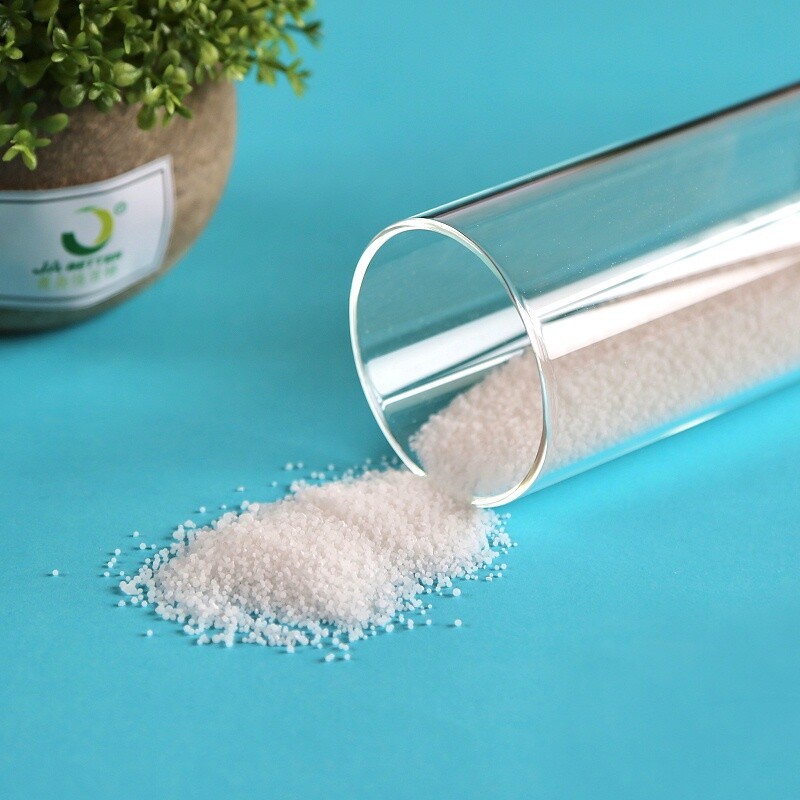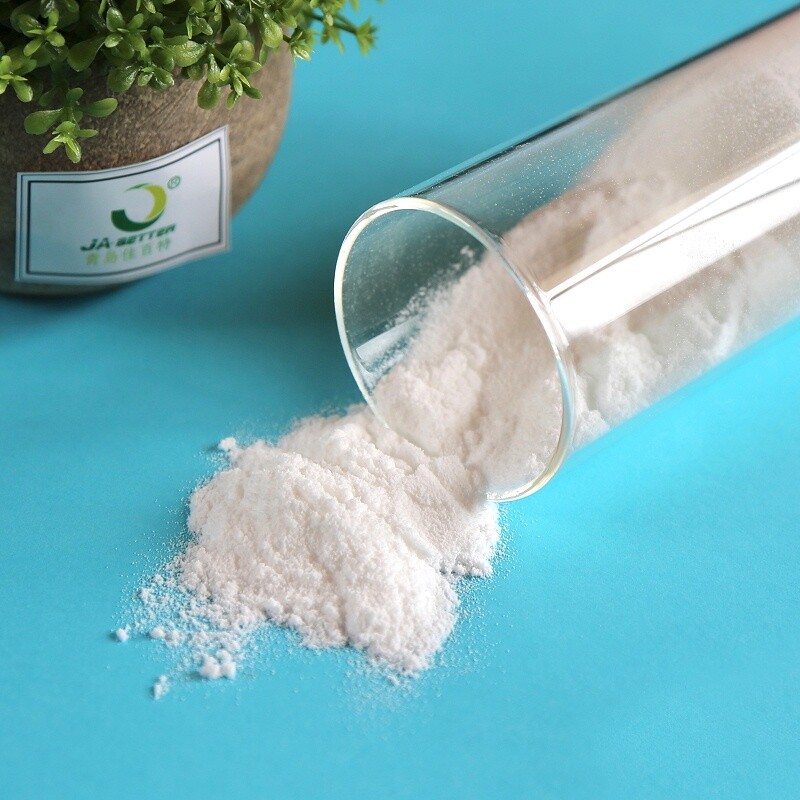Welcome to Qingdao Jabetter New Material Technology Co., Ltd. Official Website!
NEWS
1. Basic Introduction
PE Wax (Polyethylene Wax): Made from polyethylene, non-polar, simple molecular structure, high hardness, melting point typically 100-120°C.
OPE Wax (Oxidized Polyethylene Wax): Modified from PE wax through oxidation, introducing polar groups (e.g., carboxyl and hydroxyl), slightly lower melting point (90-110°C), better compatibility.
2. Key Differences
3. Main Applications
PE Wax Uses
Plastic Processing: Reduces melt viscosity, improves flow (e.g., injection molding, extrusion).
Mold Release Agent: Helps demolding, prevents sticking.
Matting Agent: Used in coatings and inks for a matte finish.
Lubricant: Used in cables, rubber, etc.
OPE Wax Uses
PVC Processing: Enhances flow, prevents precipitation (better than PE wax).
Coatings & Inks: Improves pigment dispersion and wear resistance.
Adhesives: Used in hot-melt adhesives for better bonding and wettability.
Textile Auxiliaries: Acts as a softener or water repellent.
4. How to Choose?
Use PE Wax: For high lubrication needs in non-polar systems (e.g., PP, PE plastics).
Use OPE Wax: For better compatibility and dispersion (e.g., PVC, coatings, inks).
In short, PE wax is better for plastic lubrication and mold release, while OPE wax is more suitable for polar systems and dispersion applications.


PE WAX OPE WAX

